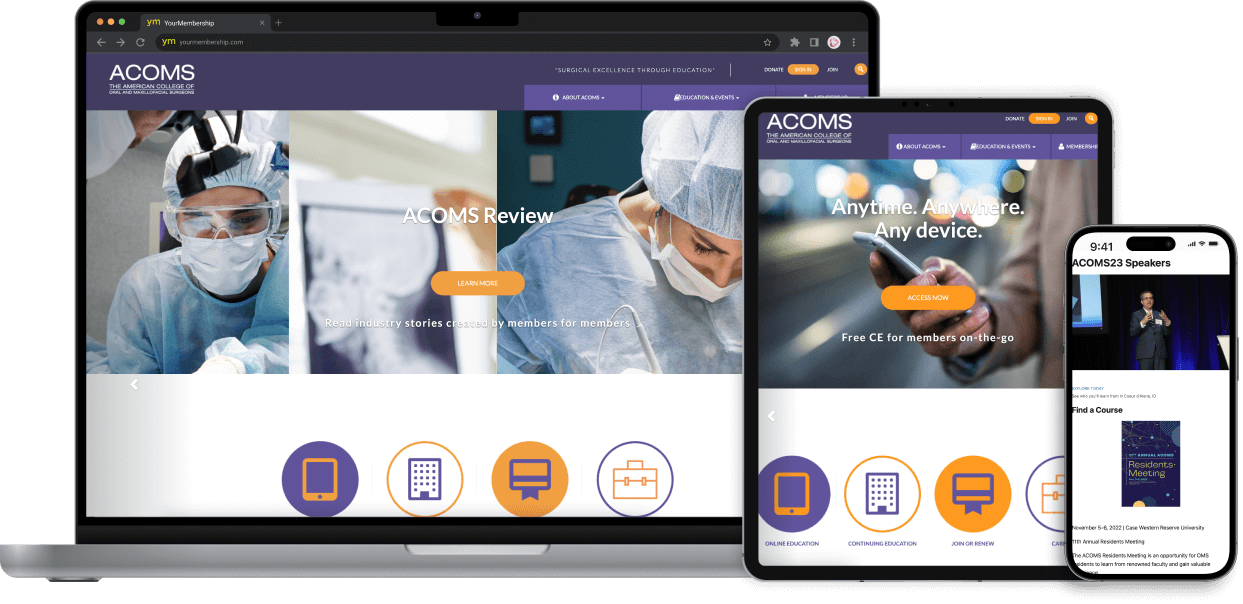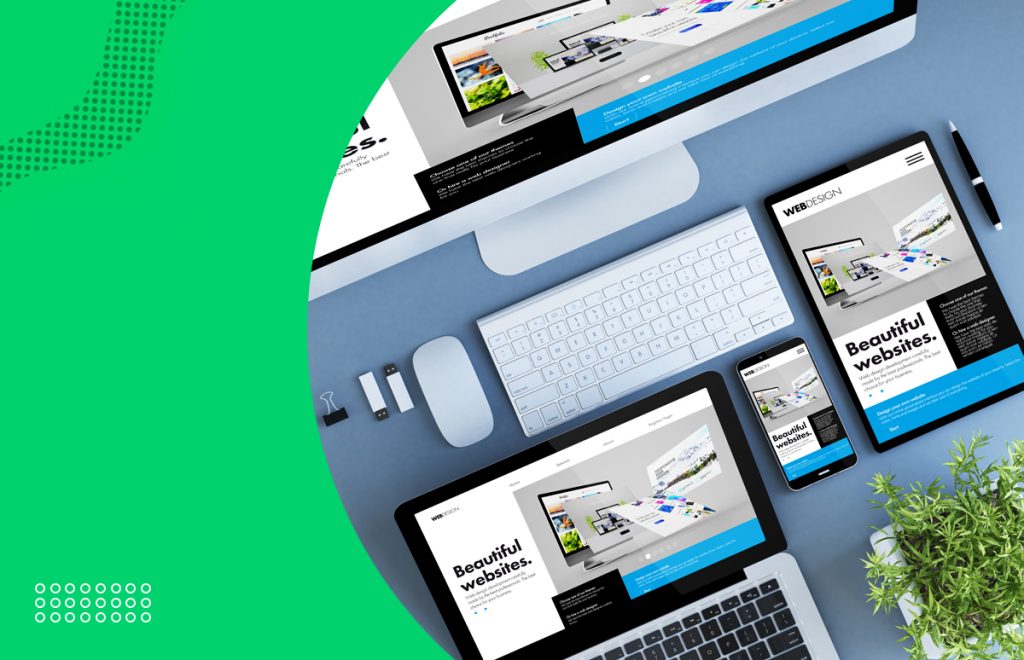The Ultimate Overview to Modern Website Design Trends
In the ever-evolving electronic landscape, modern internet site design fads play a crucial function in shaping user experience and engagement. From the surge of minimal layout concepts that focus on simpleness to the effect of strong typography in specifying brand name identity, each element adds to a natural on the internet presence. The focus on receptive and mobile-first strategies, together with cutting-edge microinteractions, further enhances usability. Moreover, the expanding focus on sustainable web design techniques mirrors a dedication to ecological duty. These fads collectively increase important inquiries regarding the future of efficient web design and what it indicates for services and consumers alike.
Minimalist Design Concepts
Minimal layout principles stress the concept that less is much more, advocating for simplicity and functionality in visual interaction. This approach remove unneeded elements, focusing rather on important elements that convey the desired message properly. By prioritizing clearness, minimal layout boosts customer experience, permitting visitors to navigate websites easily.
Core tenets of minimalist design include using sufficient white space, which develops a feeling of balance and organization. This adverse area not just guides the customer's interest to crucial elements however likewise cultivates a relaxing visual environment. Furthermore, a restricted color scheme is usually utilized, utilizing soft hues or single plans to maintain visual cohesion and avoid frustrating the individual.
Typography plays a vital function in minimal design, where legible fonts are selected for their simplicity and efficiency in communicating web content. Graphics and photos are conserved, making sure that they offer a function instead of sidetrack from the general message. Inevitably, minimalist layout principles grow a concentrated setting that urges customers to engage with the web content, boosting the total performance of contemporary internet site design. This fad shows an expanding appreciation for thoughtful, user-centric aesthetic appeals in electronic areas.
Strong Typography Options
Welcoming bold typography choices has actually come to be a specifying feature of modern-day site layout, as it properly records interest and shares solid messaging. Designers are progressively making use of typography not simply as a useful component yet as a key aesthetic part that improves the general visual and customer experience.

Additionally, the juxtaposition of bold typography with minimalist style principles enables striking contrasts, improving readability while maintaining aesthetic appeal. The usage of whitespace around bold message better highlights its relevance, making certain that the message reverberates with the audience.
As electronic landscapes come to be more affordable, leveraging bold typography allows brands to separate themselves and leave a lasting perception. The mindful selection of typefaces and their application can evoke emotions, develop tone, and drive activity, making vibrant typography an indispensable tool in modern website layout. Ultimately, it is a powerful means to boost storytelling and make sure that key messages are not just seen yet likewise really felt.
Mobile-first and responsive Design
Mobile-first and receptive layout has actually become an essential principle in modern-day web site advancement, reflecting the boosting dependence on mobile gadgets for accessing on the internet web content. As user behavior shifts towards mobile browsing, designers have to prioritize developing experiences that adjust effortlessly across different display dimensions and resolutions.
A receptive design makes certain that an internet site instantly adjusts that site its layout, pictures, and performance based on the gadget being made use of. Mobile-first style advocates for creating web sites initially for smaller sized displays, subsequently scaling up to bigger display screens.
Carrying out mobile-first and responsive principles not just accommodates individual choices however additionally straightens with search engine optimization (SEO) methods. Major online search engine, like Google, prioritize mobile-friendly internet sites in their positions, making it critical for organizations to take on these design methods. In a competitive electronic landscape, welcoming responsive and mobile-first layout is not simply an alternative; it is crucial for making sure accessibility and involvement with a diverse target market.
Engaging Microinteractions
Microinteractions play a crucial duty in boosting user interaction and general internet site experience, especially in the context of responsive and mobile-first design. These subtle design elements provide immediate comments to individuals, making communications more satisfying and user-friendly. Examples include switch computer animations, notice alerts, and packing indicators, which not only guide individuals however additionally develop a sense of link with the user interface.
Integrating interesting microinteractions can considerably improve use by lowering cognitive lots. When individuals obtain acoustic or aesthetic responses upon doing activities, such as clicking a button or submitting a kind, they feel much more certain in their selections. This cultivates a smoother navigating experience, eventually enhancing customer retention.

As web site style trends proceed to advance, the significance of microinteractions can not be overemphasized. They function as the subtle yet powerful touchpoints that transform regular interactions right into extraordinary experiences, thereby elevating the overall effectiveness of contemporary web layout.
Sustainable Web Style Practices
Lasting web style practices are becoming increasingly necessary as the digital landscape grows and ecological concerns increase. Designers and programmers are identifying their obligation to produce web sites that not just offer individual demands however additionally minimize ecological impact. This strategy incorporates a number of key strategies.
Firstly, enhancing energy intake is vital. Internet sites should be created to pack quickly and effectively, which lowers server power use and boosts customer experience. Methods such as photo compression, lessening HTTP demands, and making use of modern-day coding practices add considerably to this objective.
Second of all, selecting environment-friendly holding companies is crucial - website design. Lots of organizing companies are now powered by eco-friendly energy sources, allowing internet sites to operate in a much more lasting manner. This selection reflects a commitment to minimizing carbon footprints
Additionally, adopting a minimal layout can boost sustainability. Fewer components on a page result in less data transfer, websites which not just quickens packing times but likewise saves resources.
Finally, advertising electronic ease of access makes certain that web sites reach a wider target market without unnecessary bloat, lining up customer experience with ecological responsibility. By integrating these sustainable techniques, web developers can add favorably to both customer engagement and the planet's well-being.
Final Thought
In recap, modern website design fads stress the combination of minimal principles, vibrant typography, and receptive layout to enhance individual experience. Engaging microinteractions add to remarkable interactions, while sustainable techniques support for eco mindful growth. Jointly, these components not only elevate visual charm but likewise enhance functionality, making sure that internet sites are both straightforward and visually striking. Adopting these fads is important for creating impactful digital experiences that resonate with users in a progressively affordable on the internet landscape. check this site out
In the ever-evolving digital landscape, contemporary website design fads play an essential duty in forming user experience and interaction. By focusing on clearness, minimalist style boosts user experience, permitting site visitors to navigate websites easily.
Inevitably, minimal style principles grow a focused environment that urges individuals to involve with the content, improving the overall efficiency of modern-day site style.Microinteractions play a pivotal function in enhancing individual engagement and total web site experience, particularly in the context of mobile-first and receptive style.In recap, contemporary internet site style trends stress the assimilation of minimalist principles, bold typography, and receptive layout to boost user experience.